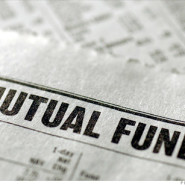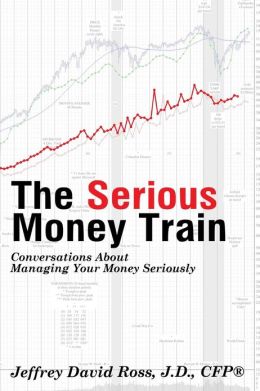
It is that time of the year when your mutual fund companies are notifying us of their expected capital gains distributions for 2015. Many of the distributions are expected to be significant, which will have implications for the tax return you will be filing in 2016.
With this in mind, let’s spend a little time to make sure we understand why these distributions occur and how they will impact all of our tax bills.
What Are Capital Gains Distributions?
During the course of the year your mutual funds buy and sell shares of various companies. When the fund sells shares at a profit the profit is called a capital gain. When the fund sell shares at a loss the loss is called a capital loss. At the end of the year when the fund tallies all of the gains and losses the fund will end up with either a net capital gain or a net capital loss.
Net capital losses are retained by the fund to be offset by future net capital gains in subsequent years.
Net capital gains, however, must be handled in the year earned. The law requires that mutual funds pass these net capital gains through to each shareholder in proportion to the number of shares the shareholder owns. And we, as shareholders, must report these capital gains on our 1040 income tax return.
The actual amount of the gains is reported to us on our year-end 1099B statements that we receive from TD Ameritrade and/or the various mutual funds.
It appears that many of the mutual funds we own sold shares in 2015 at significant profits, taking advantage of the major uptrend we have experienced since 2009. Thus, they will be passing through these gains to us in 2015, resulting in bigger-than-usual tax bills for 2015.
How Big Will the Gains Be?
The funds do not publish exact numbers until they are ready to make the distributions, but the notices we have received suggest we should expect distributions in the 10% range. This means that if your balance in a fund is $100,000, for example, the year-end distribution will be the range of $10,000.
Where Does the Distribution Go?
Although you are entitled to receive the distribution in cash, almost all shareholders have their distributions automatically reinvested in additional shares of the fund. This is undoubtedly the smartest and best method of handling the distributions. Your account is already coded to reinvest these shares—there is nothing you need to do.
How Are Taxes Handled?
It is important to know that the amount of your distribution is added to your cost basis in the fund so that, down the road, if you sell your shares you do not pay a capital gains tax for a second time on the same gain. It is not necessary for you to keep track of your cost basis because TD Ameritrade does this automatically for you, and we at The Planner’s Edge also keep track of this information independently for you.
Although it is isn’t fun to have to owe taxes on your gains while you still own the shares please keep in mind two final points:
- The gains come about because your fund has gone up in value—this is a good thing.
- There is no way to avoid taxes on the gains—it is either a pay now or pay later situation, and with year-end distributions you are simply being required to pay the taxes now instead of later upon sale of the shares.
As always, please contact us with questions, comments, and concerns at 206-232-4500 or info@theplannersedge.com.
FORWARD LOOKING STATEMENT DISCLOSURE
As a Registered Investment Advisor, one of our responsibilities is to communicate with clients in an open and direct manner. Insofar as some of our opinions and comments are based on current advisor expectations, they are considered “forward-looking statements” which may or may not be accurate over the long term. While we believe we have a reasonable basis for our comments and we have confidence in our opinions, actual results may differ materially from those we anticipate. You can identify forward-looking statements by words such as “believe,” “expect,” “may,” “anticipate,” and other similar expressions when discussing prospects for particular events and/or the markets, generally. We cannot, however, assure future results and disclaim any obligation to update or alter any forward-looking statements, whether as a result of new information, future events, or otherwise. Further, information provided in this letter should not be construed as a recommendation to purchase or sell any particular security.
The Planner’s Edge®: TM & copyright 2013. All rights reserved. No part of this publication may be reproduced in any form, or by any means whatsoever without written permission from the publisher. Serious Money TalksTM is a trademarks of The Planner’s Edge®. If you would like further information about the services of The Planner’s Edge®, please call 206-232-4500 or 1-800-735-7302. Email: info@theplannersedge.com.

